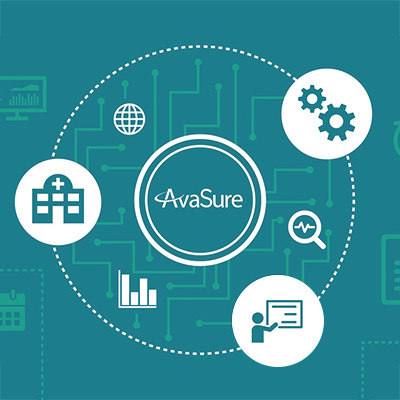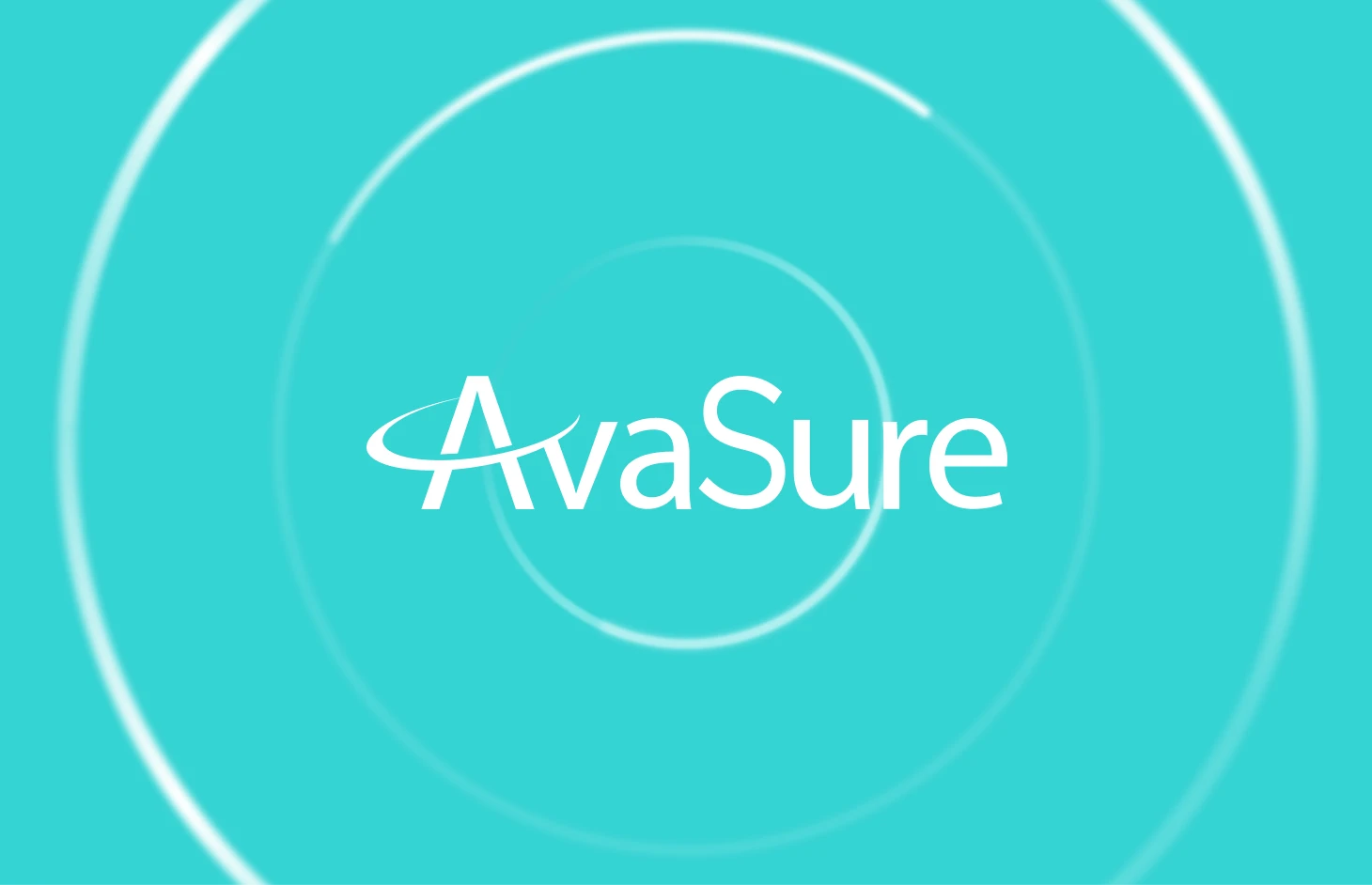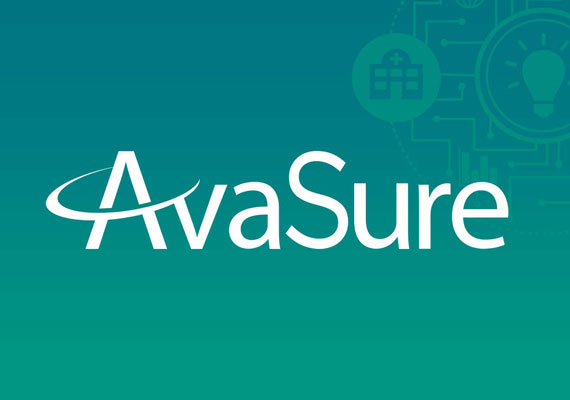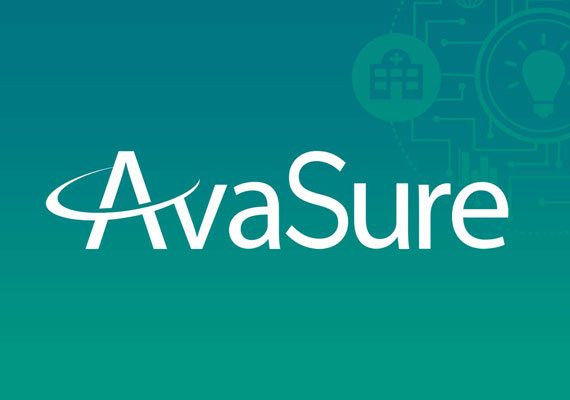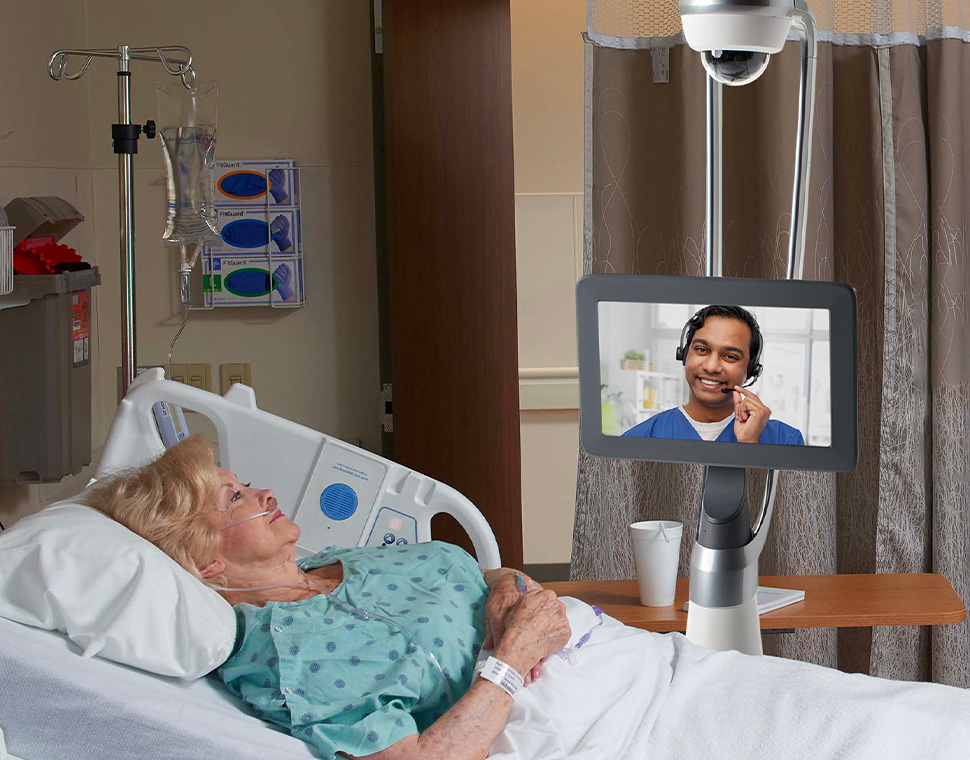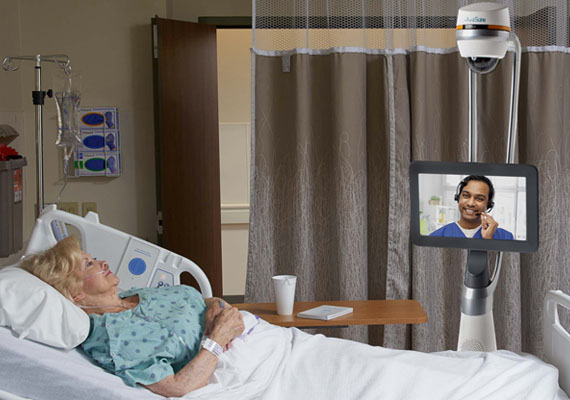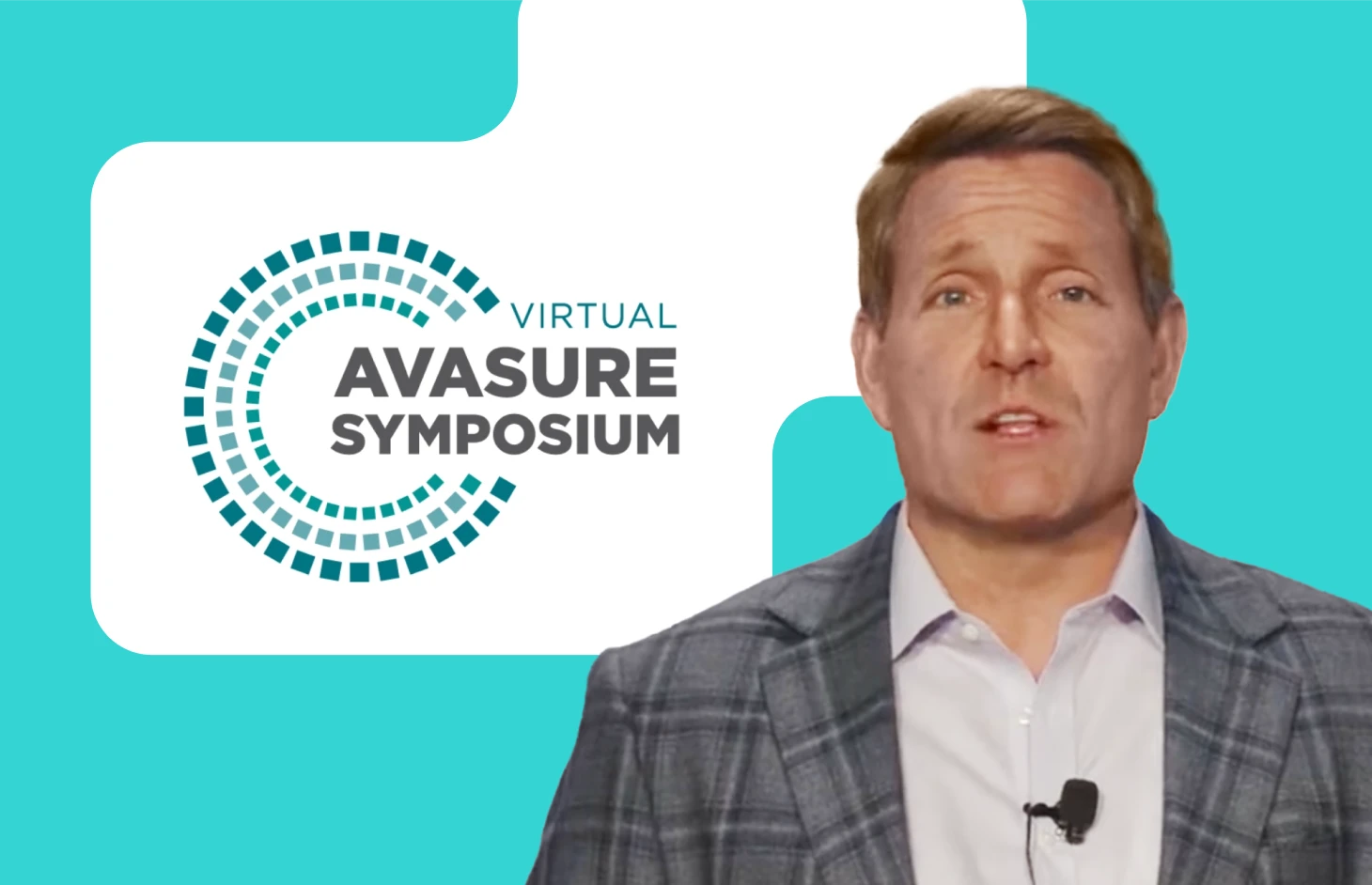
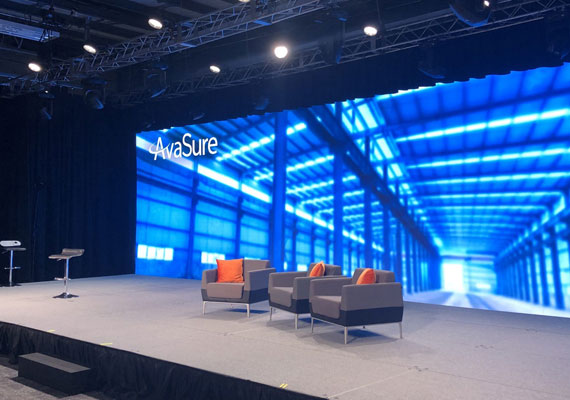
We had a fantastic first day of the AvaSure Virtual Symposium focused on Transforming the Industry. “This year, our customers are focused on protecting their patients, making things easier on their care teams and reducing cost”, per Adam McMullin, CEO of AvaSure. That’s why the theme of this year’s event is Transforming the Industry. We know that customers need to make changes to their care delivery model in light of macro factors and we are here to help.
Day one’s discussion were focused on various aspects of this care model transition – starting with Virtual Nursing: It’s a Thing, But Where to Start? We then spoke with a customer panel on using the TeleSitter solution to monitor for suicidal patients – an important and underutilized form of virtual monitoring. We ended the day highlighting the superstars of monitor staff programs sharing their best practices on staffing a program.
Let’s look at some of the key learnings from today:
Virtual Nursing: It’s a Thing, but Where to Start?
Presenters:
- Sarah Brown MSN, RN, Chief Nursing Officer, UnityPoint Health
- Amy Hassell MSN, RN, Director of Patient Services, UCHealth Virtual Health Center
- 89% of hospital and nurse leaders are moderately to extremely interested in virtual nursing, but most are still in planning phases. From our customers on the panel who have implemented, they all say, “just do it”. As our one panelist said, “have courage to try something – create some buzz around it. There’s a lot of work in this, but it’s good work so give it a shot.”
Early results from virtual nursing pilot panelists:
- Time savings for bedside staff using a TeleNurse for admission and discharge – reduce admission time by 12 minutes and discharge by 15-29 minutes
- Saw increase in patient experience scores on HCAHPS – 7.6% increase in patient understanding of purpose of taking medication and 2.04% increase in top box score for transition in care
- Critical care expert TeleNurse helped drive increase in rapid response calls and an unprecedented 25-70% reduction in code blues in combination with deterioration education
Lesson learned for starting a virtual nursing program:
- Whatever process you’re designing needs to make sense for and solve a need at the bedside. It needs to be easy for the end user, needs to be seamlessly integrated and make sense in building a team effort.
- Clarify what virtual nursing is – and importantly what it is not – to all team members
- Need senior leadership buy in but nurse managers and front-line staff buy in is essential – start conversations on the issues they’re having and key pain points to address
- Just jump in and be willing to iterate – you need to be flexible and be willing to adapt as you gain feedback. The hardest thing to do is just say go and start.
Keeping Suicidal Patients Safe, Virtually
Panelists:
- Debbie Cronin, RN, Director of Patient Care Services, St.Peter’s Health
- Kim Beckett, RN Manager – Clinical Surveillance, Ascension Michigan
- Wesley Wingate, Director Cardiac Telemetry, HCA Methodist
- You may have to address your hospital policy, but virtual monitoring of low and moderate risk suicide ideation patients is accepted by most governing bodies
- If you’re struggling to gain buy in or are skeptical, consider a pilot where a physical sitter is outside the room with a virtual monitor. This will allow a safety net while you gather outcomes of how verbal interventions help prevent adverse events. This can be presented, in addition to research and testimonials, to leadership in order to drive program acceptance.
- Device selection is key based on your anticipated use cases. When purchasing devices, if you anticipate using on SI patients make sure you consider ligature risks and buy appropriately, or this can be a challenge down the road.
- Training and education of monitor staff here is key – AvaSure provides a great module focused specifically on suicidal patients that can help educate both monitor and front-line staff
- Best practice: don’t think about limiting just SI patients in a ratio for your monitor techs, instead make sure they take note of all “busy” patients (could be falls risks, elopement risks, SI or other risk) and ensure they don’t have more than 2 per monitor tech
Tips, Tricks & Tales from Monitor Staff Superstars
Panelists:
- Kearston Winder, Ascension Via Christi
- Juliet Aninye, LVN, VA North Texas Health Care System
- It’s all about communication – communication with the patient and communication with the bedside staff. Ensure you properly introduce yourself and your role to the patient to put them at ease but also ensure there is easy, routine communication between monitor staff and the bedside team for an effective TeleSitting program.
- Develop a handoff process – some panelists used a document where monitor techs would note any key interventions or patient/nurse preferences that could be given to the next tech, but whatever your process ensure information can flow from nurse shift to nurse shift and monitor tech to monitor tech
- Best practice for veteran facilities: Many of these patients may suffer from PTSD. Ensure your staff when introducing themselves coaches on what a verbal intervention and stat alarm will sound like so they are not startled – especially when sleeping
- Best practice: have an escalation pathway on both sides – so that monitor staff know who to escalate to when they can’t reach the nurse and so nurses know who to escalate to when they have feedback for the monitor staff. It all comes down to transparency and good communication.
- Build rapport with the patient through conversation, this will help them to respond more positively during intervention periods
For those who joined us – we hope you enjoyed the first day as much as we did. If you missed it, all of the recorded sessions will be available for viewing next week. Make sure you tune in tomorrow as we have another great day of content including:
- Change Agents: Creating Awareness, Confidence & Excitement!
- Centralized Monitoring: Optimizing Labor Across and Entire Health System
- Fireside Chat with Gerry Lewis
See you tomorrow! – AvaSure Team
